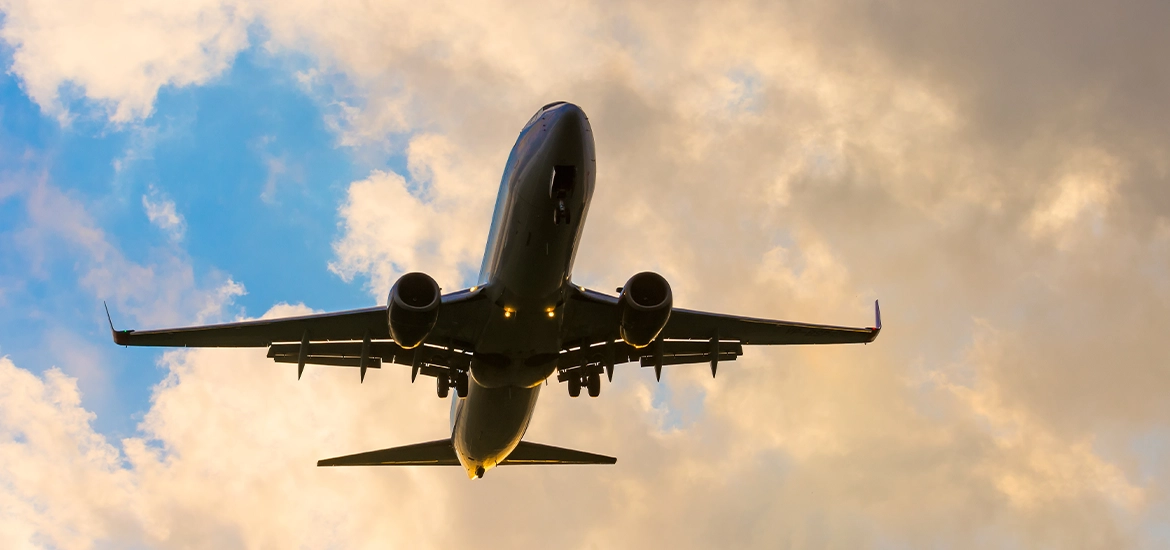Still on the ground
Sustainable fuel is viewed as the most viable way to decarbonise aviation at the moment; other options such as hydrogen and electric power are expected to be adopted only in the 2040s.
Unlike conventional jet fuel, sustainable aviation fuel comes from renewable sources such as used cooking oil, fat waste, and non-food crops. It can cut carbon and greenhouse gas emissions from aviation by as much as 90 per cent.
But it is not widely used because supplies are limited, and its cost is three to five times that of regular aviation fuel.
Growth in the supply of this greener fuel remains “disappointingly slow”, said the International Air Transport Association. A million tonnes of it was produced in 2024, just 0.3 per cent of global jet fuel production.
The high price is a barrier, and fuel accounts for as much as 30 per cent of an airline’s costs. Airlines already have thin profit margins – around 3 per cent in 2024 – and competition is fierce, with travellers being sensitive to ticket price increases.
Sustainable aviation fuel costs more, partly because of the logistical challenge of sourcing raw materials, said Malinen. Neste has around 600 vendors in 60 countries, and has set up networks to collect, for example, used cooking oil. It has long focused on using waste and residues, which others cannot easily use, to make this green fuel.
While supply is also affected by factors such as technology, mandates should increase production, he said. And as economies of scale grow, the price gap between conventional fuel and this greener fuel should narrow.
Mandates on the use of sustainable jet fuel are, however, gaining momentum: The European Union and the United Kingdom have led the way with binding targets of 6 per cent and 9.5 per cent, respectively, by 2030; at least another 17 nations have announced or are considering mandates or targets.
But most existing policies lack specifics and have a limited time-frame, said Malinen.
Australia has a non-binding goal of 10 per cent usage by 2030. India, Thailand and Malaysia have announced 1 per cent targets by 2027, but further goals have not been confirmed.
China, the world’s second-largest market for passenger aviation, announced the use of only 50,000 tonnes of this fuel by this year. Malinen said: “What industrial companies like Neste would find very helpful is more visibility on the longer-term plans. If decisions are made on an annual basis, without a long-term perspective, how can a company take a massive bet for investing (in the production of this fuel)?”
He added: “If you want to have enough capacity for the early 2030s, you need to start making decisions now.”
This is because building the plants that produce this fuel is no small task. For instance, Neste began planning for its 2.5 billion euro (S$3.7 billion) Rotterdam facility in 2020. It will be completed only in 2027.







